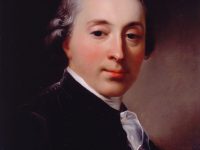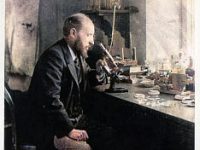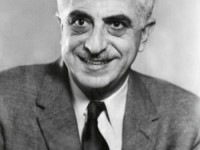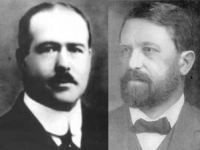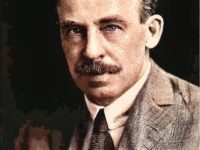Jean Senebier and the Discovery of Photosynthesis
On May 6, 1742, Swiss pastor and naturalist Jean Senebier was born. Senebier wrote extensively on plant physiology and was one of the major early pioneers of photosynthesis research. He was the first who demonstrated that green plants consume carbon dioxide and release oxygen under the influence of light. How do the Plants gain their Mass? Before Jean Senebier researched in the field of photosynthesis, other scientists had engaged in the field including Flemish chemist, physiologist,…
Read more

